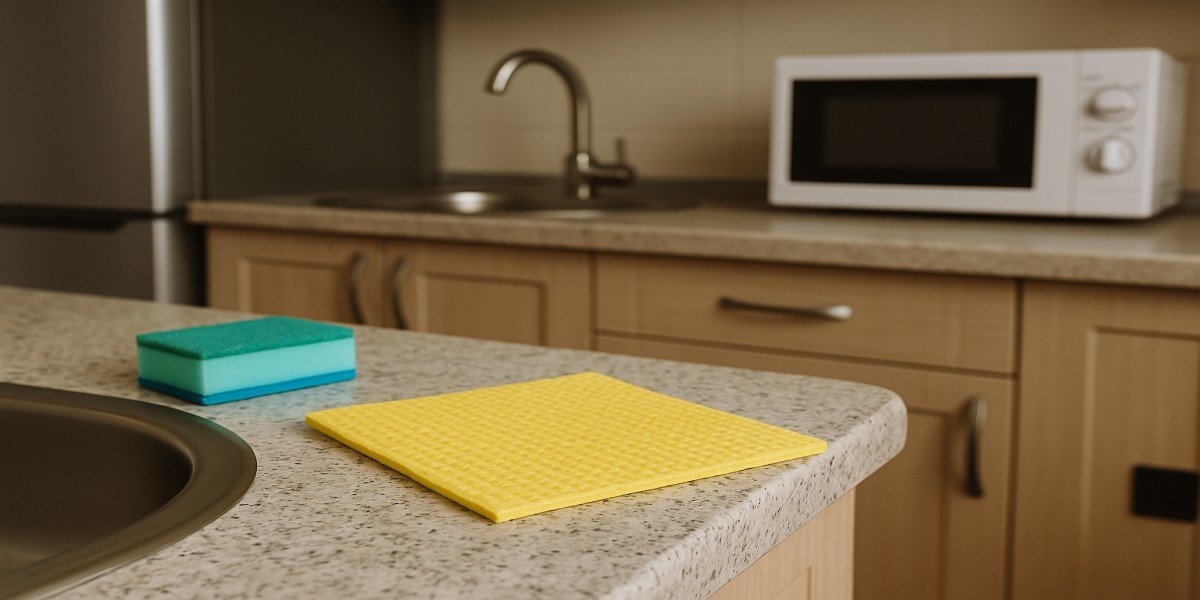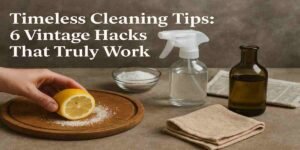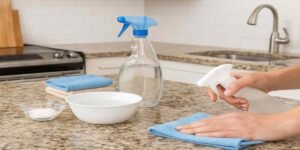Kitchen Cleaning Errors You Must Avoid for Best Results
Does one consider that their kitchen is clean because of appearances? A day-to-day chore is to wipe down countertops, wash and dry dishes, and mop floors; all done with a clear conscience and one can say that he has put in some effort. But what if we told you your kitchen cleaning might be miscalculated, being either insufficient or too excessive? As a matter of fact, the kitchen is the heart of the home, but also a hotspot for germs, grime, and bacteria.
While it may seem that cleaning enough is in itself an art, a few small blunders can easily shift focus away from the goal. But knowing the blunders is half the work. It is easy to resolve issues once they’re discovered. So let’s dive in and uncover five common mistakes as per Bond Clean Brisbane, you’re most likely making whilst cleaning the kitchen.
1. Using The Same Sponge for Everything
You could actually be doing more wiping than scrubbing, all because your sponge might be spreading germs instead of cleaning them. Counting good ol’ kitchen and dish-washing sponges alongside scrubbing sponges, we have one sponge to clean many surfaces of which can cause bacterial transfer from one surface to another. Microbial growth is likely if a dirty and damp sponge is used multiple times daily without being cleaned. Instead, use different sponges, rinse them after each wipe and let them dry. If you think about it, if you want, you can even replace them every week or steam them for one minute to take off any unwanted germs.
2. Not Cleaning the Sink
Simply running water through the sink might give some people the wrong impression that it is clean. It’s not. Your kitchen sink is actually one of the dirtiest places in your home. Food particles, grease, and bacteria are collected by your sink with every rinse. A lack of adequate maintenance makes germs proliferate abundantly. Cleaning the sink daily with hot soapy water or disinfectant is a must-do, and it is critical to do the handle and faucet too. Weekly baking soda, vinegar, and some additional rinse does wonders too.
3. Cleaning Under Appliances
Besides cleaning around appliances in the kitchen, people focus less on cleaning underneath. The floors beneath the oven, microwave, and refrigerator are infrequently checked, and over time, crumbs alongside spills and dust combine to create uncleaned areas that smell unpleasant. These undiscovered regions contribute to the inability to clean and remove bacteria and mould. Make it a habit to clean underneath and behind small appliances and large ones, if possible, on a monthly basis.
4. Cleaning Cabinet Handles and Light Switches
As carefully as you clean, you may wipe down countertops and handles on cabinets, which are frequently touched. Despite the microwave and oven being cleaned on a daily basis, drawer pulls and light switches are neglected. Even when dirty hands are the reason they are being touched, they end up going through routine cleaning. Sprinkle bleach or vinegar and wipe it off with a cloth to maintain cleanliness, shininess, and a germ-free surface.
5. Employing Harsh Chemicals for Food Preparation Surfaces
Strong Bond Cleaning Toowoomba chemicals make your kitchen smell fresh, however, they may not be safe for areas that come in direct contact with food. Spraying countertops or cutting boards with strong cleaners can leave harmful residues which might readily mingle with your food. Rather, use vinegar, baking soda, or lemon for scrubs and washes, which account for food contact surfaces. These remove dirt equally well without a foul, chemical taste.
Conclusion
Your kitchen is only as clean as the steps taken to achieve that cleanliness. By tackling the problems outlined above, you position your kitchen to be cleaner and safer for all in the home. It is astonishing how small tweaks to one’s routine can turn out to be very impactful. Are you prepared to take the smarter steps toward cleaning?
Also learn about 10 Handy Tips For Removing Hard- To- Remove Stuff






